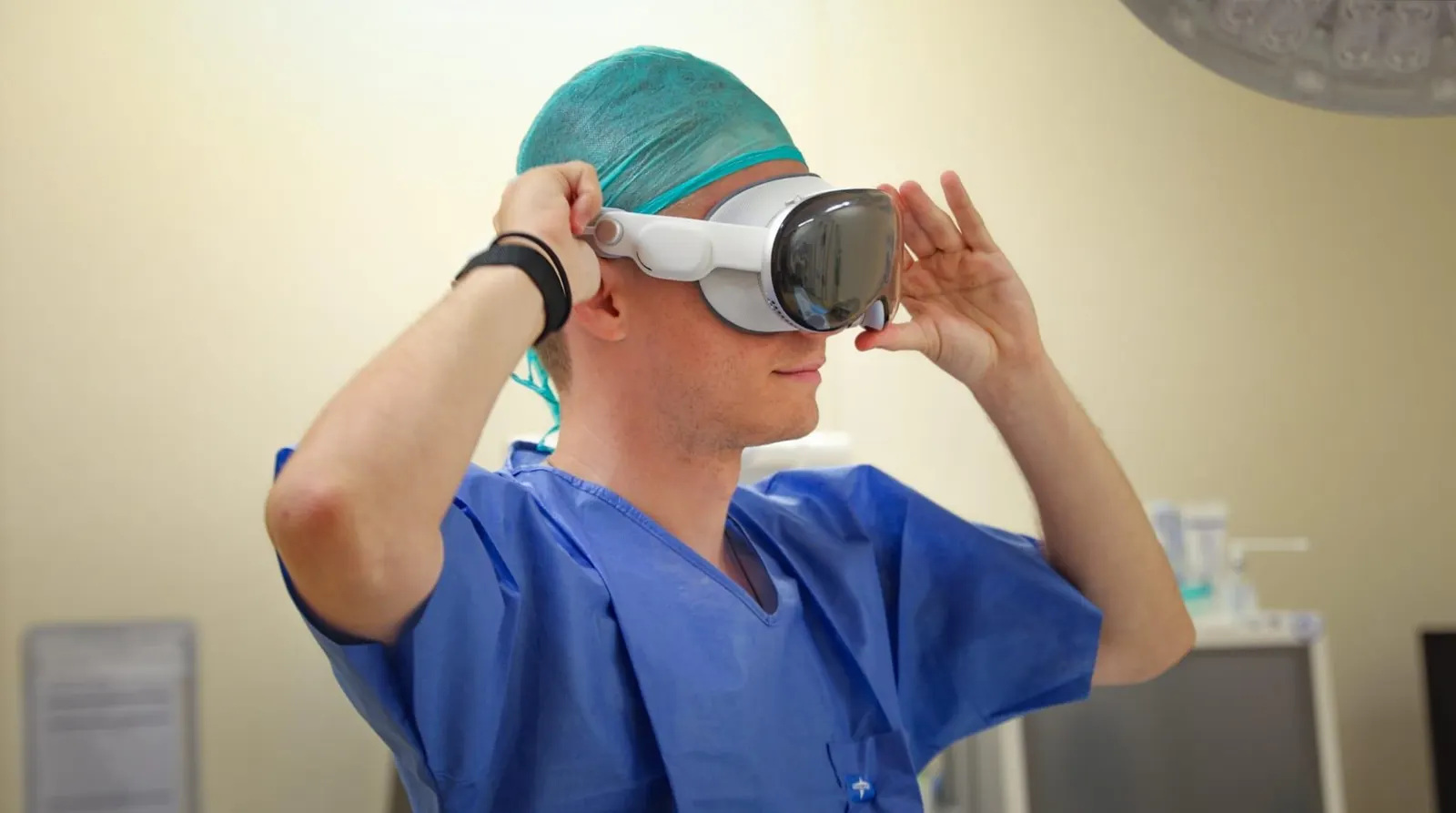Copyright Forbes

Claro Surgical has come out of stealth with a mixed reality platform for orthopedic and trauma surgery that is already in use on live patients and now launching in the United States. The company says its software replaces X-ray shots during drilling and screw placement with real-time 3D guidance viewed through any XR headset. The system has been used in twelve surgeries in Europe, has trained more than one hundred surgeons, and has commitments from ten hospitals within two weeks of its U.S. debut. The arrival of a commercial product is notable because multiple companies have spent the past decade pursuing “X-ray vision for surgery” without reaching broad deployment. One of the best known, Aris MD, demonstrated a similar concept in 2019 but has not announced large-scale clinical rollout. Surgical robotics have delivered precision in joint replacements, but most fracture repairs still rely on intermittent fluoroscopy and manual alignment. Claro’s founders believe the missing factor was the delivery model. Rather than introduce a new hardware tower or a single-purpose robot, the company built software that runs on existing headsets, including HoloLens, Quest, and Apple Vision Pro. The headset’s outward-facing cameras map the patient and the operating room. Claro’s database recognizes standard orthopedic implants and drills, then overlays a 3D path that shows where to cut, drill, and screw. No pre-operative CT scan is required. Dr. Bashir Zikria, Chief of Sports Medicine at Johns Hopkins Hospital, put it simply: “Now I see the bone, I see the implant, everything is in the right spot for the first time. It’s perfect.” Moises Ramos, the company’s CEO and cofounder, spent his early career at CERN designing a dark-matter detector before moving into autonomous vehicle AI. His cofounder, Dr. Joan Ferras, is an orthopedic surgeon who previously served as Medical Director for the Spanish government and holds a PhD in AI and mixed reality for healthcare. Both grew up around operating rooms and describe the platform as a result of seeing surgeons work without direct visibility into bone. In clinical testing on synthetic bone, five independent surgeons reduced drilling time by an average of eighty-six percent and improved accuracy by eighty-seven percent. The company says the results carried over to the first live procedures. Ramos argues that the impact is financial as well as clinical. Operating rooms cost about sixty dollars a minute, and every X-ray shot adds radiation and delay. “When surgeons see the implant and drill path in front of them, the workflow becomes continuous instead of stop-and-shoot,” he said in our interview. Claro raised $1.5 million earlier this year, almost entirely from orthopedic surgeons and former medtech founders rather than venture firms. It’s planning to announce a seed round in the coming weeks before a planned $25 million Series A next year. Many of the investors became users first. At the Orthopaedic Trauma Association meeting in Phoenix last month, Ramos and his team trained one hundred surgeons in under forty-eight hours. Several committed funding on the spot. Claro plans to license the software to hospitals on an annual contract, with an additional per-procedure fee. The model mirrors the economics of surgical robots without the capital expense. The company has five employees and expects to double headcount within a year. Ferras leads clinical strategy, while regulatory work is handled by COO Andrew Mahoney, who has brought forty medical devices to market over twenty-five years. The platform targets the highest-volume segment of orthopedics: fracture repair. More than one hundred million fractures occur each year worldwide, and surgeries require the use rods and plates, held in place by screws, to stabilize broken bones. These procedures are often urgent, performed without pre-operative scans, and expose both patient and staff to hundreds of fluoroscopy shots. Claro positions itself as a way to standardize outcomes without changing implants, instruments, or hospital infrastructure. “Surgeons already know the tools,” Ramos said. “We give them a clearer view of what they are doing.”



